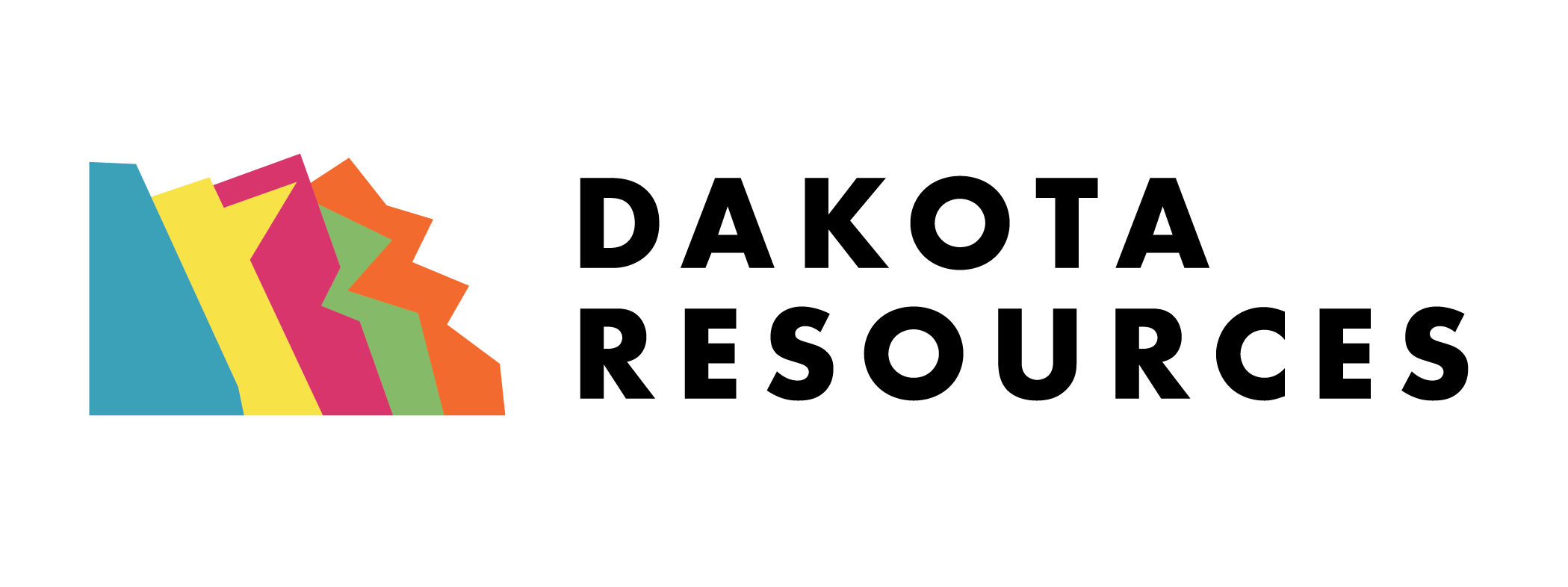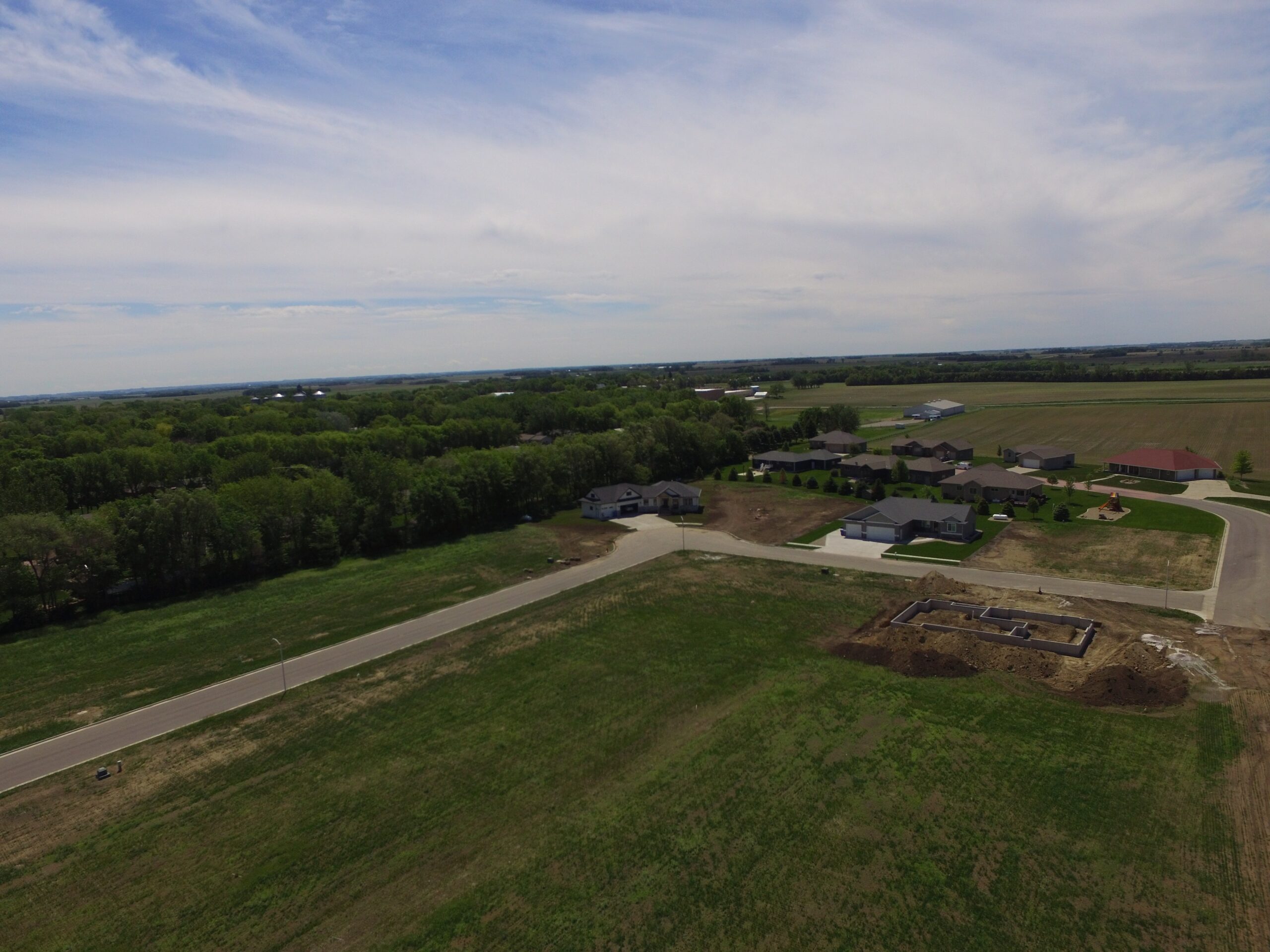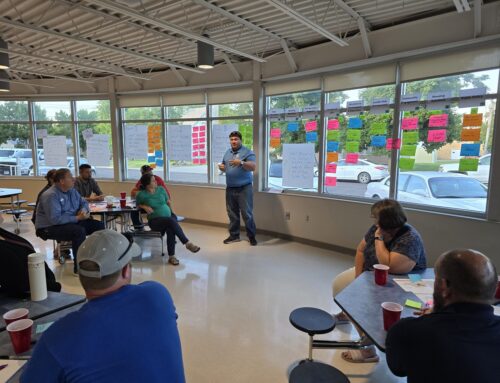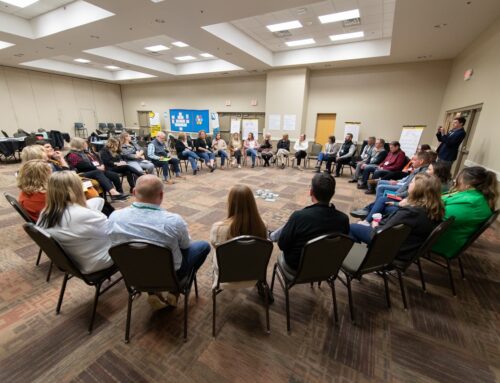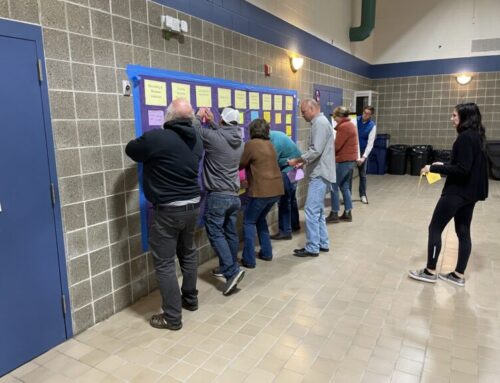Far From the Chicken and the Egg: Communities Investing in Rural Housing
The classic “chicken and egg” debate has never quite found its solution, and across rural South Dakota, a similar deliberation exists: what must come first, investments in rural housing or investments in economic development?
Unlike the debate that features our feathered friends, there is an answer when it comes to the growth and development of rural communities: it’s both.
“Economic development and housing go hand in hand; communities need that litmus test of rental housing to encourage additional commercial and economic development, and communities must also strike a balance between vacancy and investment in order to spur continued development,” said Chas Olson, Director of Rental Housing Development for the South Dakota Housing Development Authority (SDHDA).
Dakota Resources’ Learning Network Orchestrator and Community Coach Mike Knutson agrees.
“When it comes to rural housing, investments in ensuring the quality of the homes available help to build confidence in the direction the community’s headed, both for current residents and for potential residents, as well as for the business community,” Knutson said. “The SDHDA’s support and flexibility in offering funding helps to increase the capacity for these communities to invest and to grow their housing options.”
Age-old discourse aside, investing in rural housing continues to propel communities forward, and three such communities are addressing the need for sound, quality housing that’s diversified in scope and in sequence in unique ways. At Dakota Resources, we’re excited to catch up with community leaders in Yankton, Lemmon, and Viborg to learn more about their varied approaches to rural housing development.
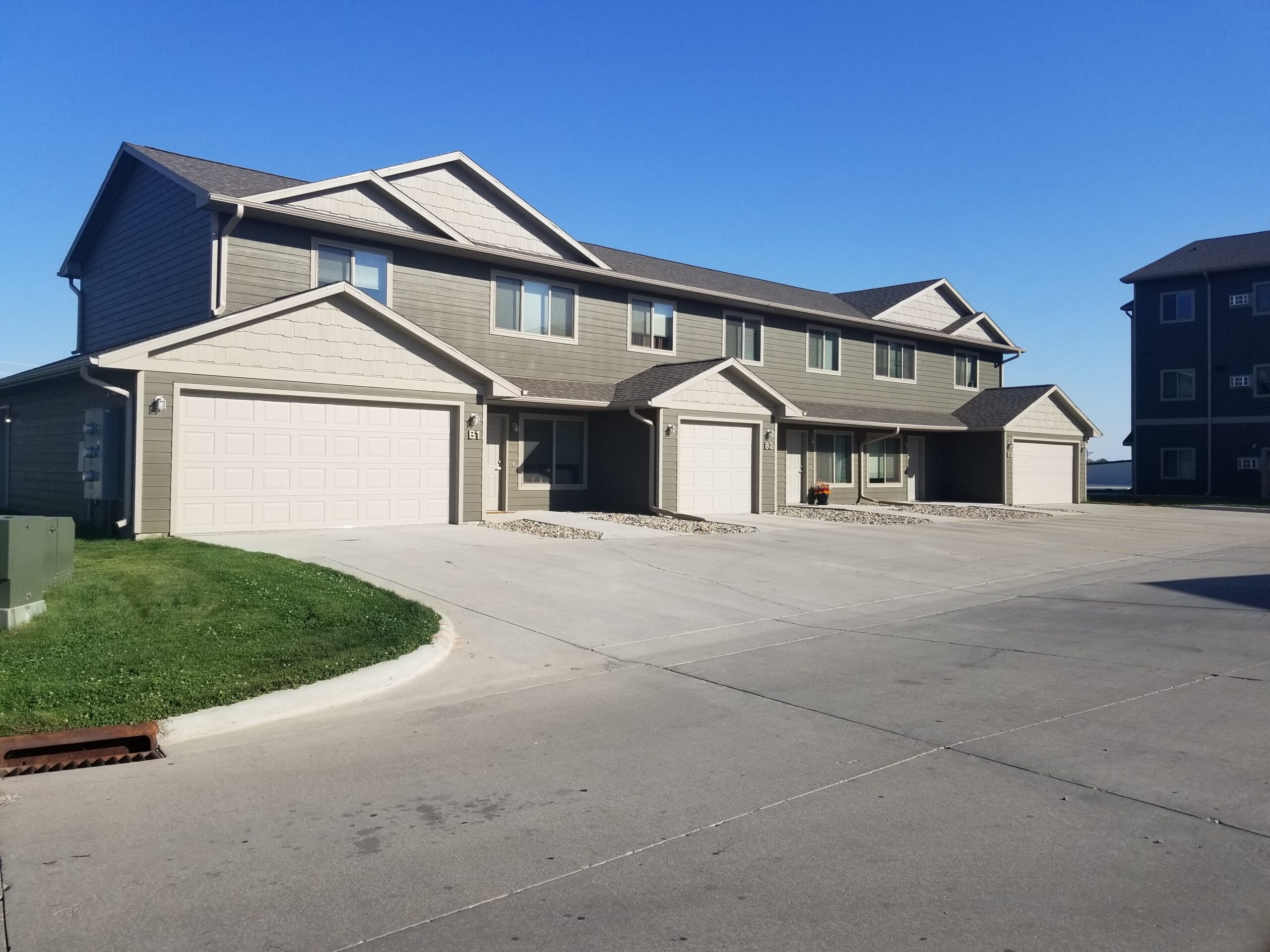
After seeing a critical need in a 2013 housing study, Yankton Thrive developed two apartment buildings, six townhomes, and 73 single-family homes in a three year period. Pictures supplied by Brian Steward.
Like many rural housing investment journeys, Yankton’s began with a housing study in 2013 that demonstrated a critical need for both workforce entry-level housing and mid-management-level housing. This spurred conversations with out-of-town developers to incentivize the construction of both multi-family and single-family homes across 32 acres in Yankton, both of which were completed in 2015 through a Tax Incremental Financing (TIF) process and funding from Dakota Resources.
“After the housing study reports were published, it was incumbent upon us to do something about housing,” said Brian Steward, Finance Director for Yankton Thrive, a combined entity that encompasses both Yankton Area Progressive Growth and the Yankton Area Chamber of Chamber of Commerce. “It’s been beneficial for the community.”
The approved TIF model, as well as the flexible terms of Dakota Resources’ Community Development Loan, allowed the city of Yankton to construct two, 72-unit rent-controlled apartment buildings, ranging from one- to three-bedroom layouts, six townhomes, and 73 single-family homes, all within three years’ time. Steward attributes such a fervent demand for quality housing to a critical housing need that still exists in Yankton today. In fact, the city of Yankton plans to engage in another housing study after the 2020 Census data is available to spur future investment in the city’s housing infrastructure.
As for working with Dakota Resources on these projects, Steward has only positive things to say.
“Dakota Resources was easy to work with, and their flexible financing terms made it easy for us,” Steward said. “We were able to do the project successfully with their support.”
 Lemmon: A Proactive Approach Pays Off
Lemmon: A Proactive Approach Pays Off
Cathy Evans’ heart for rural housing development is what sets her, and the community of Lemmon, apart. “It’s hard to drive through neighborhoods in Lemmon and see a lonely house,” Evans said. “I see so much potential for housing here.”
As a city councilor and the Executive Director of the Lemmon Housing Authority, Evans has a close working relationship with the SDHDA and with Dakota Resources, which has bolstered her proactive approach to investing in the rehabilitation and redevelopment of housing in Lemmon. In 2019, the Lemmon Housing Authority built a four-plex (with the support of SDHDA and Dakota Resources funding) that had the town abuzz, and all four units are full with a waiting list. Since then, Evans has worked in Lemmon to acquire long-standing vacant homes, as well as homes in disrepair and empty residential lots, to rehab and offer for rent or for sale, some even with down payment assistance or forgiveness.
Evans continues to weigh investments in housing as more opportunities arise to acquire and to sell dilapidated homes that have been redeveloped. Her partnerships with the SDHDA and with Dakota Resources, both as a Community Development Loan borrower and an active member of the Learning Network, have only furthered her desire to see the outlook for housing in Lemmon continue to change and grow in the years to come.
Viborg: Multiple Funding Partners Invest in Development
Collaboration is often the name of the game when it comes to a thriving rural community, and that’s definitely been the case for the community of Viborg, who has been engaged in planning for a new housing development for nearly five years. After a survey was conducted in 2015 and identified a critical need for investment in diversified housing options, passionate community volunteers at the Viborg Development Corporation acquired land in 2017, both from a private citizen and from the hospital in town, and began to seek out assistance from city engineers and developers to plat a new housing development.
One such volunteer, Anne Christiansen, who works as the Chief Financial Officer for Pioneer Memorial Hospital in Viborg, pointed to the development’s multiple funding partners, including Dakota Resources, Rural Electric Economic Development (REED), Grow South Dakota, Homes Are Possible (HAPi), and Merchants State Bank in Viborg, as well as the City of Viborg and Turner County Commissioners as crucial in making the Western Hills housing development a reality.
“When it comes to economic development, we’ve had an industrial park in town, but we haven’t had housing to speak of until now,” Christiansen said. “Our financial partners, including Dakota Resources, did a lot behind the scenes to reach out to other funding sources out there to help make this development possible, and once the street lights went up in Western Hills, there’s been tremendous activity and foot-traffic from current residents walking through the development, which has been exciting to see.”
The Western Hills development also made history in Turner County as the first official TIF granted for housing in the county. According to Christiansen, the development’s various financial stakeholders and the approved TIF model led to a “very creative” funding mechanism that paid off in the end: out of a total of 29 lots available, two single-family homes have already been constructed in Western Hills, with a third home under construction now.
Take Action: Are you interested in learning more about Dakota Resources’ Community Development Loan program? Reach out to Terri LaBrie, Director of Community Lending and Finance Coach, at [email protected] for more information.
